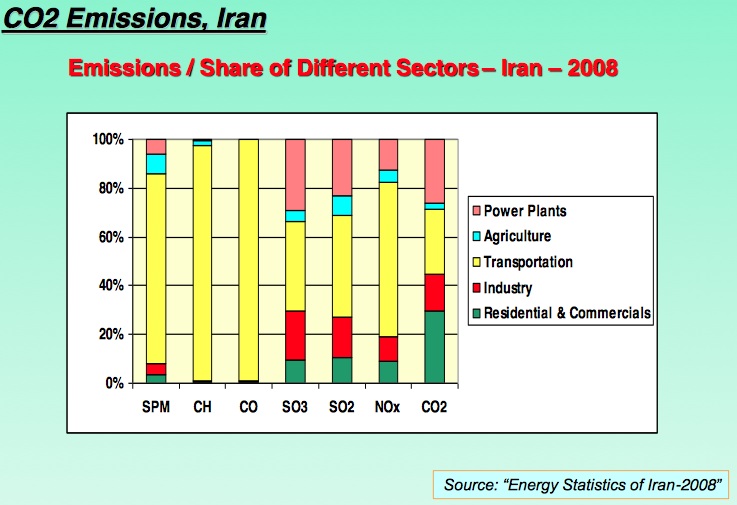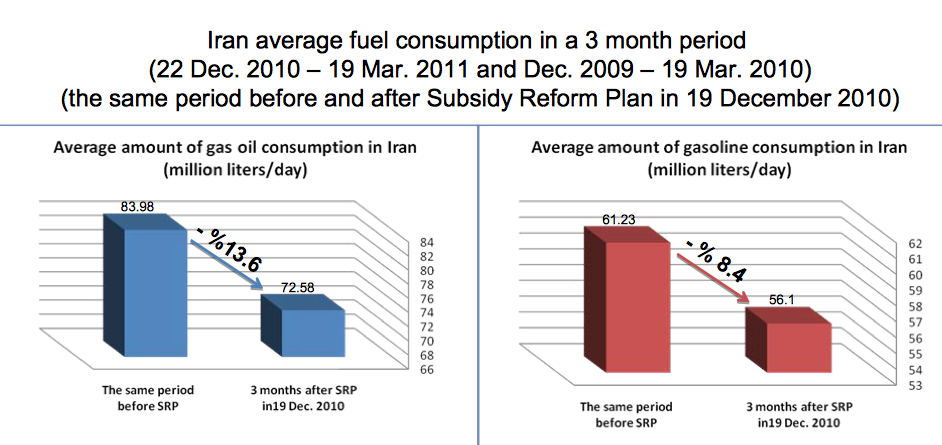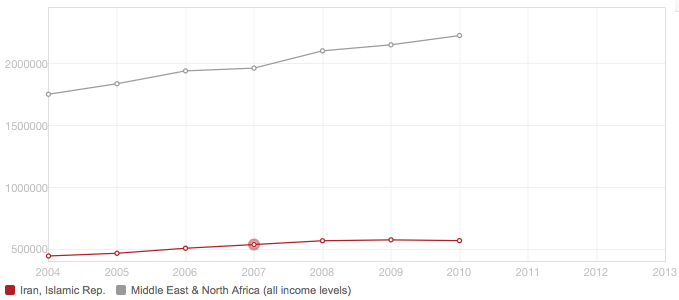What Is Caviar?
Caviar is the luxurious edible commodity made from roe extracted from wild sturgeon from the Caspian Sea or the Black sea1. From its first recorded uses in ancient Persia it was a precious (and delicious) commodity, primarily due to its supposed medical benefits. Afterwards it became a luxury food consumed by the “elites” of the world, the kings, queens, etc. The best quality Caviar is extracted from the sturgeon in the Caspian Sea, which accounts for 80 to 90% of the supply of caviar in the world3.
The Good Ol’ Days
Prior to the collapse of the Soviet Union sturgeon in the Caspian Sea was controlled and harvested by the two countries bordering the sea, the Soviet Union and Iran5. Both countries were aware of the profit associated with this fish and tightly regulated the supply of caviar on the market5. Following the collapse of the Soviet Union, the shoreline was divided between five countries—Russia, Kazakhstan, Turkmenistan, Azerbaijan, and Iran. Since the states that previously comprised the Soviet Union were now independent, they commenced fishing based on their own interests, thereby overfishing the precious sturgeon3. The problem was so severe that in 1996—seven years after the fall of the Soviet Union—sturgeon from the Caspian Sea was added to the list of threatened species9, as well as to the Red List of the International Union for Conservation of Nature in 19985. It still carries the same status on the list.
The Beginning of the End
With the collapse of the Soviet Union, overfishing became a major problem. The UN’s Convention on International Trade in Endangered Species of Wild Fauna and Flora (CITES) became involved, issuing an export ban on the fish from 2002 until 2011, occasionally lifted in 2007 and 2010 to permit very limited exports (around 80-90 tonnes) 3. Being a luxury good, caviar is already an expensive good. The ban exerts its effect not through the demand but through the supply, making the (legal) supply of Sturgeon from the Caspian and Black Seas illegal. This supply shock causes the price of the good to go even higher, making poaching sturgeon and illegal trade of caviar a very lucrative business. To compare prices, at the beginning of the current year following the trend in reduced export quotas, prices were around 70$/ounce8, whereas seven years prior—when the supply was greater than current levels—it was priced around 250$/ounce on the black market11.
So… What’s the Problem?! :-/
Given the great profit margin it is very easy for poachers and illegal traders to bribe security officials in charge of monitoring the seas2. The poaching problem was so bad that CITES estimated that in 2002 around 8000 tonnes of sturgeon were taken by poachers, ten times the number permitted by quotas.
In addition to poaching and overfishing, the nearly 20 years required for the females to become sexually active further exacerbates the problem4. Moreover, once sexually active, the females do not spawn annually4. Add to this slow reproductive process the fact that sturgeons are anadromous—i.e. fish that migrate upstream in fresh waters to spawn—and is consequently greatly affected by dams built on rivers, particularly the Volga2. Pollution from construction and trash and poor mining and drilling practices in the ocean floor have also eroded their habitat2.
That’s all? Pfftt… That’s Nothing L…
Discarding is a large issue. Given that these fish are very close to extinction it is nearly certain that catching this fish is going to be very difficult, with a lot of other fish being caught as well. This raises a potential problem if the unintended catch—i.e. anything but sturgeon—is discarded, as it lowers their mortality. Discarding is also a problem as it increases the effort expended by the fisherperson in an inefficient manner. However, if the fisherperson receive fair market value for the fish caught, in theory, they would not discard and would prefer to sell the fish. Given the particular case of sturgeon, however, this is unlikely to be true because of two factors. First, the value of sturgeon is far greater than other types of fish in the Caspian Sea. Second, the fisherperson has only limited space on their ship to carry their catch. As a consequence, the fisherperson would rather discard the unintended catch so to save that room for the more valuable sturgeon.
Gulp…So What Can We Do?
According to the FAO, Iran has one of the healthier stocks of sturgeon, primarily due to the existence of the powerful state fishing monopoly, Shilat7.In fact, until 2010, Iran was the only country out of these five to have a state monopoly in this industry7. The organization’s 174 years of experience, 87 of which specifically have dealt with this issue12, have provided it with highly relevant experience. Following the recommendation of CITES, Shilat has invested greatly in the sustainable management of their industry7. They have banned certain gilled nets that harm young and immature sturgeon, while at the same time allowing increased income opportunities for fishermen that use gilled nets7. In addition, they have further diversified the fishes in the Caspian Sea by releasing fingerlings of other profitable fish into the Caspian sea7. The implementation of aquaculture to farm genetically similar sturgeon in order to preserve the life stock has been another avenue where the Iranian authorities have excelled7.
In addition to having a strong authority to enforce the quota and prevent poaching, it would be very beneficial if the economic incentives for illegally fishing were removed by increasing the fishing quotas for other fish or through some other alternative measure.
So, What’s the “Sitch” Now?
As of January 1st of this year the five littoral states have agreed to enact a one year ban on fishing sturgeon in the Caspian Sea, with the possibility of extending the ban up to five years8. The ban should prove more effective as Kazakhstan’s newly created fishing monopoly—the “Zhaik Balyk” 6—will better be able to enforce it.
Works Cited
#1 lan Davidson, Tom Jaine, The Oxford companion to food, Oxford University Press, 2006.
#2 https://web.archive.org/web/20080905160627/http://www.iran-daily.com/1385/2757/html/focus.htm
#3 http://edition.presstv.ir/detail/136154.html
#4 http://www.ifis.org/resources/features/sustainable-caviar-production-save-our-sturgeon!/
#5 http://www.azer.com/aiweb/categories/magazine/23_folder/23_articles/23_caviar.html
#6 http://russian.lingualift.com/blog/russian-caviar-roe/
#7 http://www.fao.org/docrep/006/y5261e/y5261e06.htm
#9 http://www1.american.edu/ted/sturgeon.htm







